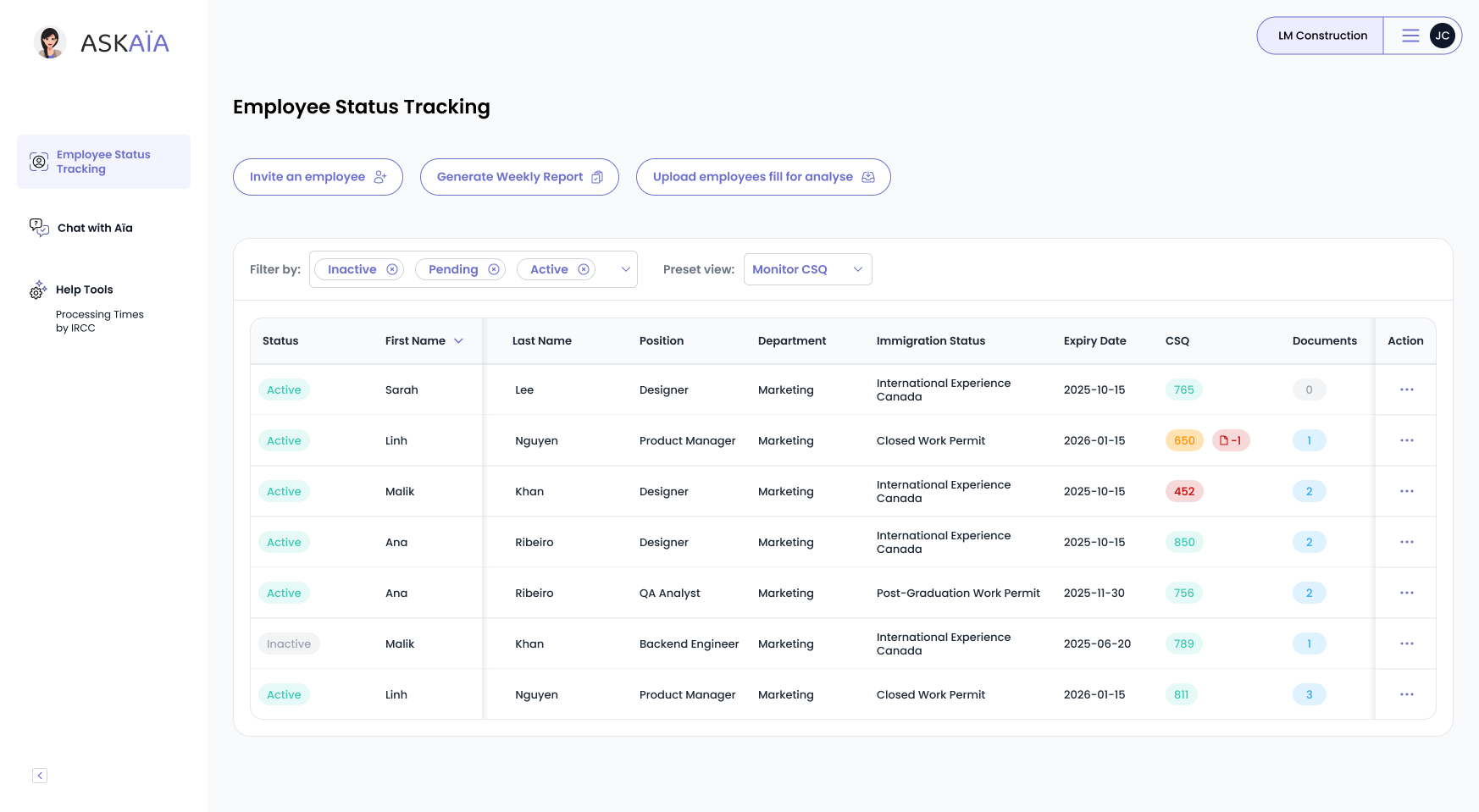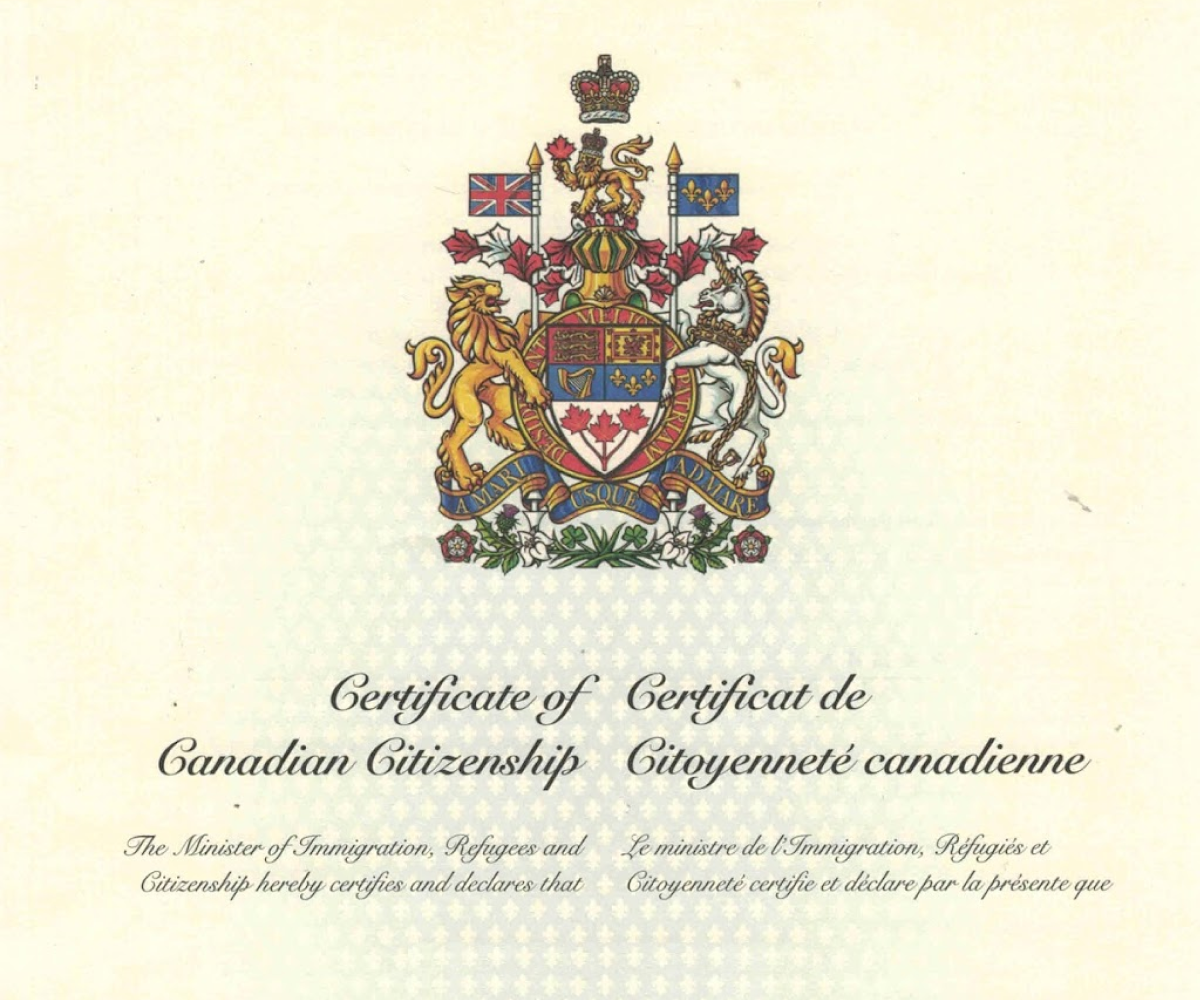Get Permanent Residence: Canada’s New Francophone Community Pilot

At a Glance
- New community PR pilot for French speakers launched July 2025
- First 3 hubs open: NB, MB, BC — with quotas from 40–60 spots
- Clear checklist: French level, job offer, 1-year experience
- Proof-of-funds table included
- Apply fast — quotas may close within weeks
French‑speaking newcomers just gained a decisive advantage. On 19 July 2025, three rural hubs—Acadian Peninsula (NB), St‑Pierre‑Jolys (MB) and Kelowna (BC)—became the first of six communities to publish local rules for the Francophone Community Immigration Pilot (FCIP), officially opening their permanent‑residence streams.
Canada’s move converts a January ministerial promise into concrete jobs, quotas and timelines. This guide delivers granular community data, updated eligibility tables, a proof‑of‑funds scale, and strategic advice so you can act before annual caps close.
Context — From Policy to Practice
On 30 January 2025, Ottawa launched twin pilots—the Rural Community Immigration Pilot (RCIP) and the FCIP—naming six minority‑language regions ready to recommend workers who secure designated job offers. The projects underpin IRCC’s target that 8.5 % (≈ 29 300) of all 2025 permanent‑resident landings outside Québec be French‑speaking—almost double 2024 levels (IRCC, 2025).
Community Snapshot – July 2025 (Updated)
| Community (Province) | Launch status | Priority sectors | Year‑1 local quota |
| Acadian Peninsula, NB | Open | Health, education, trades, finance | 60 |
| St‑Pierre‑Jolys, MB | Open | Health, trades, education, business | 40 |
| Kelowna, BC | Open | Tourism, agri‑food, construction | 50 |
| Sudbury, ON | Pending | Natural sciences, trades, health | 45 |
| Timmins, ON | Pending | Trades, transport, health | TBA |
| Superior East, ON | Pending | Under review | TBA |
Although these figures—ranging from 40 to 60 spots per community—may appear modest, they reflect a strategic rollout model. As with earlier programs like RNIP, Ottawa uses these controlled quotas to test employer readiness, monitor newcomer integration, and scale gradually. For small towns, even 50 families can shift demographics and fill urgent labour gaps. Communities with strong outcomes may receive expanded allocations by 2026.
Proof‑of‑Funds Scale (2024‑25)
To prove your financial capacity, IRCC requires candidates to meet minimum fund thresholds based on family size. These amounts must be shown through recent bank statements and are updated annually.
| Family size | Minimum funds (CAD) |
| 1 | $7 963 |
| 2 | $9 692 |
| 3 | $12 069 |
| 4 | $15 056 |
| 5 | $17 145 |
Core Eligibility Checklist
| Requirement | Federal minimum | Community flexibility | Evidence you’ll provide |
| French ability | CLB/NCLC 5 in all four skills | St‑Pierre‑Jolys asks CLB 6 for TEER 0‑1 | TEF or TCF score report |
| Work experience | ≥ 1 year full‑time in related TEER 0‑4 occupation within past 3 yrs | Local youth‑grad exemptions possible | Job letters, pay slips |
| Job offer | Full‑time, non‑seasonal from designated employer | Some EDOs limit to priority NOCs | Offer letter + employer ID |
| Settlement funds | See scale above | Waived if already working in community | Bank statements |
| Community recommendation | Must precede PR application | Processing goal 10 business days | Signed letter (PDF) |
| Optional work permit | 2‑year LMIA‑exempt FCIP permit | All open communities issue support letters | IRCC approval + fee receipt |
Unlike Express Entry, the FCIP ignores CRS points; once you satisfy these fixed thresholds, selection hinges on employer demand and the local quota—not on being “top of the pool”.
Implications for French‑Speaking Candidates
Opportunity — Lower language and CRS thresholds open doors for technicians, service supervisors and seasoned workers over 40—profiles often sidelined in federal draws.
Trade‑off — Success means relocating to small centres where public transit is limited and spousal employment options may vary; research schools, housing and transport early.
Step‑by‑Step Application Timeline
- Research communities & employers — Confirm your NOC appears on a priority list; refine your CV in French.
- Secure a job offer — Employer applies for designation (if needed) and issues written offer.
- Community recommendation — EDO reviews credentials, settlement plan, and sends recommendation letter to IRCC.
- Work‑permit option — Apply online for the FCIP LMIA‑exempt permit (≈ 8 weeks).
- Permanent‑residence application — Submit forms within 90 days of receiving recommendation; current processing target is 12 months.
- Arrival & settlement — Access funded services: French classes, childcare, spousal employment counselling.
Strategic Tips — Acting Early
- Match NOC codes precisely. Mis‑aligned offers are refused.
- Book French tests now. TEF Canada seats fill fast; scores last 2 years.
- Monitor employer portals daily. Early lists include national chains—vacancies close once quota met.
- Gather documentation bundles. Police certificates, ECAs and proof‑of‑funds letters should be ≤ 6 months old at PR submission.
Policy Impact & Outlook
Early uptake will help IRCC hit its francophone‑admissions target while testing a community‑driven selection model refined under the RNIP, which retained 84 % of newcomers after three years. If results stay strong, Ottawa may convert the FCIP into a permanent program by 2030. If demand outstrips quotas, IRCC can reallocate unused recommendations among the six communities to ensure the full ≈ 600 pilot spots are filled in 2025.
Recommendations & Next Steps
Compile language results and proof of funds today, then track each community’s employer list weekly. When a matching vacancy appears, apply within 48 hours, slots vanish fast.
If you are unsure which immigration path suits your profile, take a free assessment with AskAïa to receive clear guidance on available alternatives.

Let’s get your demo started
Book a demo
You May Also Like
These Related Stories

Why More U.S. Residents Are Now Choosing to Immigrate to Canada
Tired of visa lotteries and long waits? You're not alone. More and more people—especially skilled, educated workers—are giving up on the U.S. system a …

Choose Citizenship Over PR? Data Shows It’s Worth It
Is Canadian citizenship really worth it if you’re already a permanent resident? Many immigrants ask this question. Is it just a passport—or a life upg …

Canada Extends Ukrainian Immigration Measures Until 2026 – Key Updates
On February 27, 2025, Canada extended key immigration measures for Ukrainians fleeing the war until March 31, 2026. Marc Miller announced that those w …